Switzerland’s hidden treasure trove of Roman mosaics
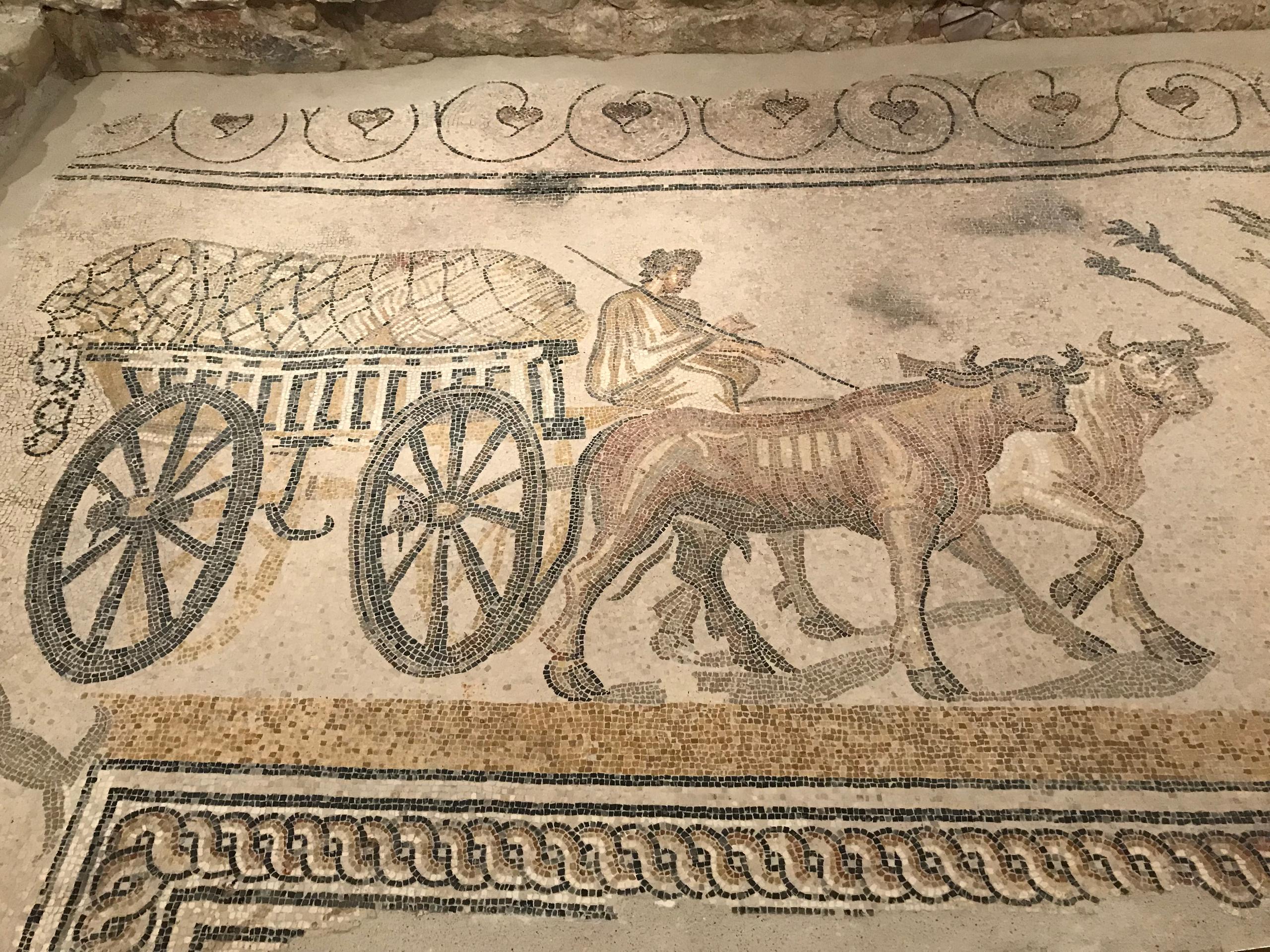
The small town of Orbe in western Switzerland is home to the largest and most beautiful collection of Roman mosaics north of the Alps. But though the exceptional nature of the site is internationally recognised, few tourists are visiting.
At first glance, the site is not much to look at: vast swathes of fields, a motorway exit ramp, and a few hundred meters away, a group of prison buildings.
Near the town of Orbe at Boscéaz we also discover another building made of sheet metal accompanied a little further along by some small cement pavilions. Again, nothing that particularly catches the eye. But below our feet are the remains of a majestic Roman edifice, while the pavilions contain mosaics of exceptional quality.
Vast agricultural exploitation
Nearly two thousand years ago, the site was a large farm which featured a Roman villa at its centre, a series of agricultural buildings located some distance away, and fields; a setup that brings to mind the haciendas or fazendas of Latin America. The villa was in use from 170 to 270 and was of a size and wealth uncommon to the region.
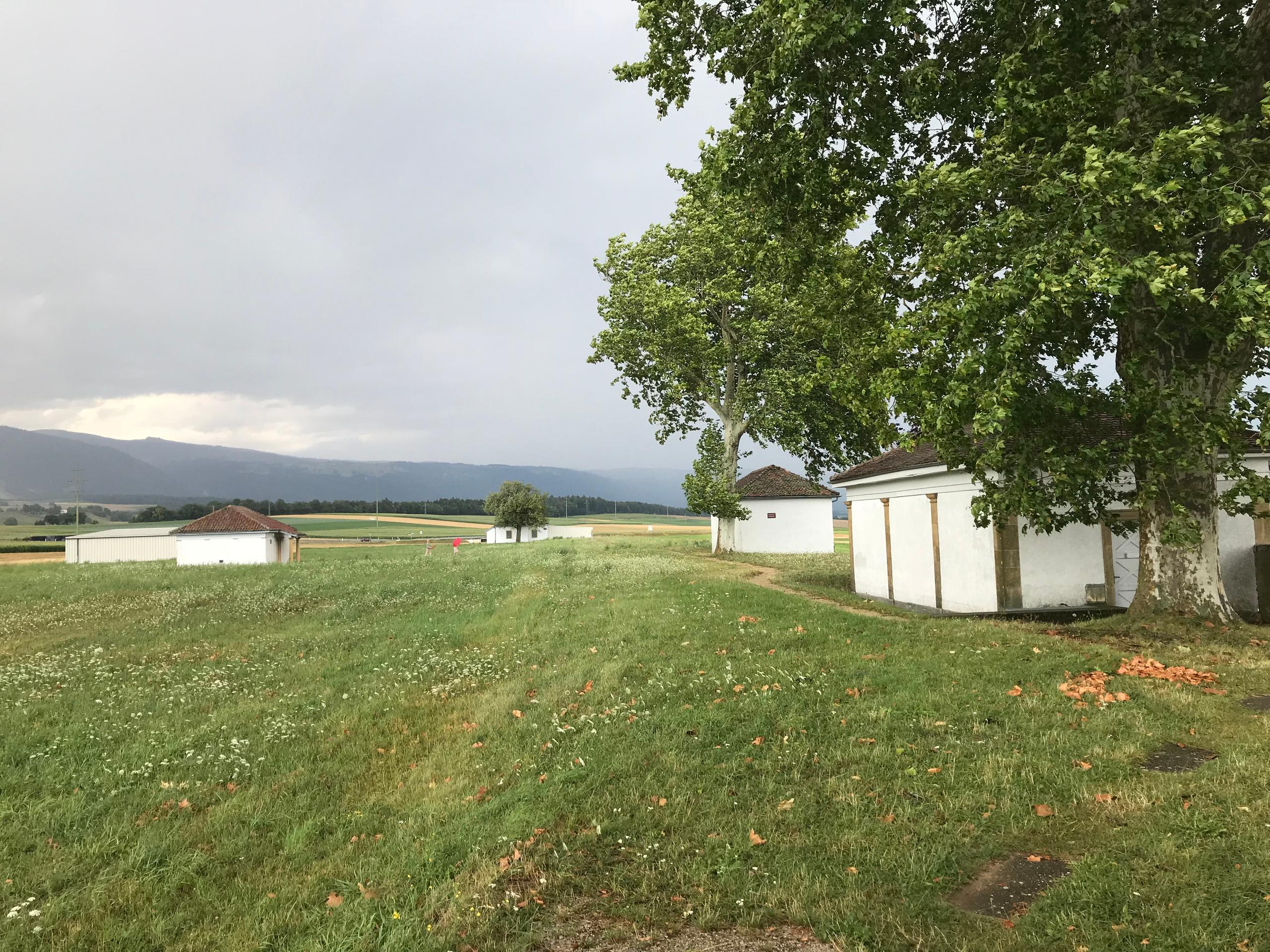
“The living conditions of the property were extremely sophisticated. Some elements like the peristyle [colonnade] and the baths were even separated. The abundance of mosaics is striking,” says Yves Dubois, archaeology expert from the University of Lausanne and president of the foundation ‘Pro Urba’, which manages of the site owned by canton Vaud.
For reasons unknown, the villa progressively collapsed until it was completely abandoned. The last traces of occupation – the presence of coins – dates to the beginning of the fifth century. The site was then used as a stone quarry until it completely disappeared from the earth’s surface. The last walls were destroyed in the 18th century.
Even the memory of the villa disappeared, to the point that it was thought that some mosaics found in the 19th century came from a lost city. Finally, the great drought of 1976 revealed a clear picture of the foundations.
Exceptional grouping
Excavations undertaken by a generation of archaeologists from that time allowed for “a complete overview of the site and a good understanding of the workings of a villa,” says Dubois. Among the most interesting elements uncovered were the heating system, a large network of pipes, the baths, and a sanctuary to the god Mithra.
But it is the mosaics that are the jewel in the crown. Specialists believe that the cluster of mosaics found at Orbe is the most important discovery north of the Alps to date.
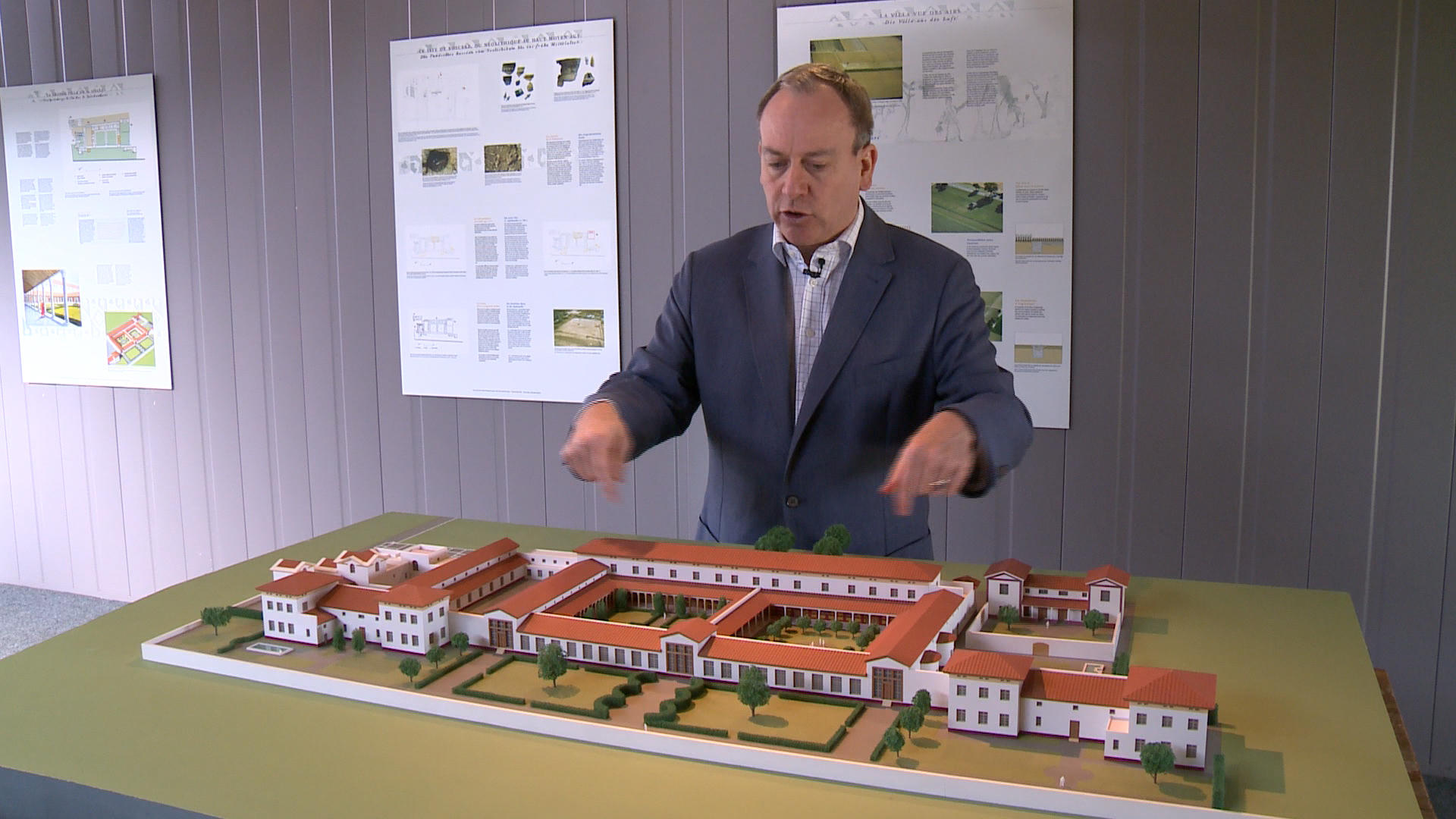
More
An extraordinary discovery
“This group is exceptional for several reasons,” explains Dubois. “Firstly, for the quantity, with nine mosaics discovered. Next, for the diversity; we find both geometric mosaics and figurative representations. Finally, for the quality, especially the mosaic depicting the divinities of the week and which features medallions constructed with great finesse and graphic composition, and tesserae sections as big as three millimetres.”
Dearth of visitors
Despite this, the site receives few visitors. At the time of our visit in the middle of July, we met one couple and a family: not many for an afternoon during holiday season.
Vaud museums official visitor numbers confirm our impression; 2,618 visitors came to Boscéaz in 2016. By comparison, two other Roman museums in the canton proved much more popular, with 15,214 visitors coming to Avenches and 8,462 to Nyon the same year.
The Vallon Roman museum provides another interesting comparison. Situated less than 50 kilometres from Orbe, the Fribourg museum welcomed 5,456 visitors in 2017 – even though it boasts just two mosaics. But housed in a new building with a cafeteria, the antique artworks are better presented that those at Orbe. In addition, the space can host various animations such as workshops and temporary exhibitions.
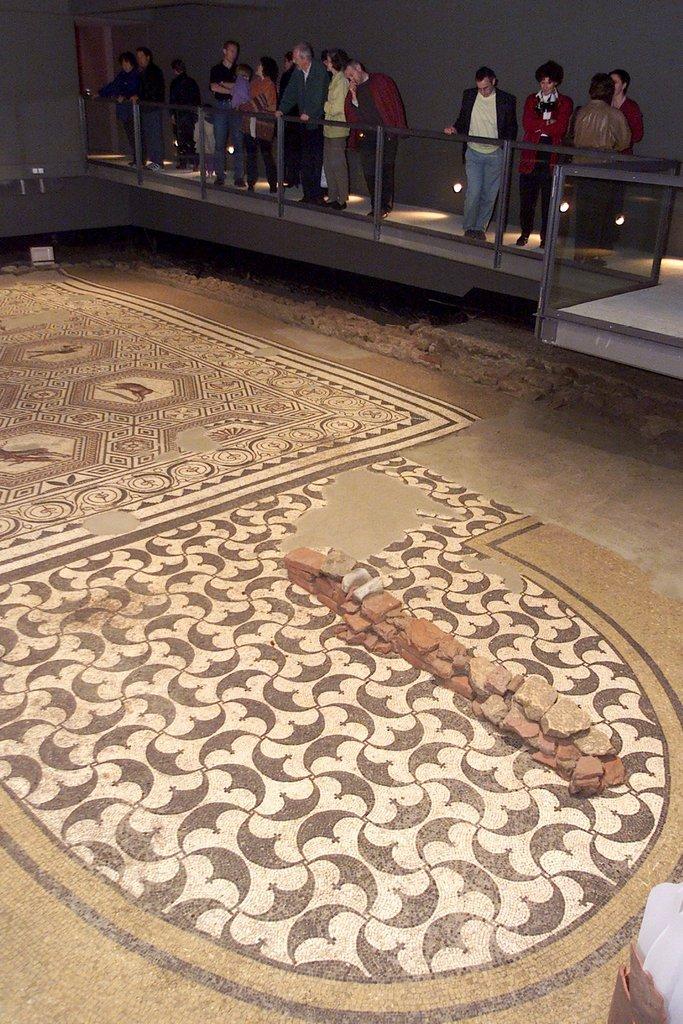
The contrast at Orbe is striking and the lack of resources obvious. There is not even a proper path linking the pavilions and visitors are forced to walk across the fields – not practical on rainy days. And inside some pavilions it is difficult to even see all the details of the mosaics because the lights no longer work.
The lack of money has also had an impact on the capacity to welcome visitors: in 2017, Pro Urba was only able to open the site for 49 days. This year the site is open for 110 days, from Easter until September.
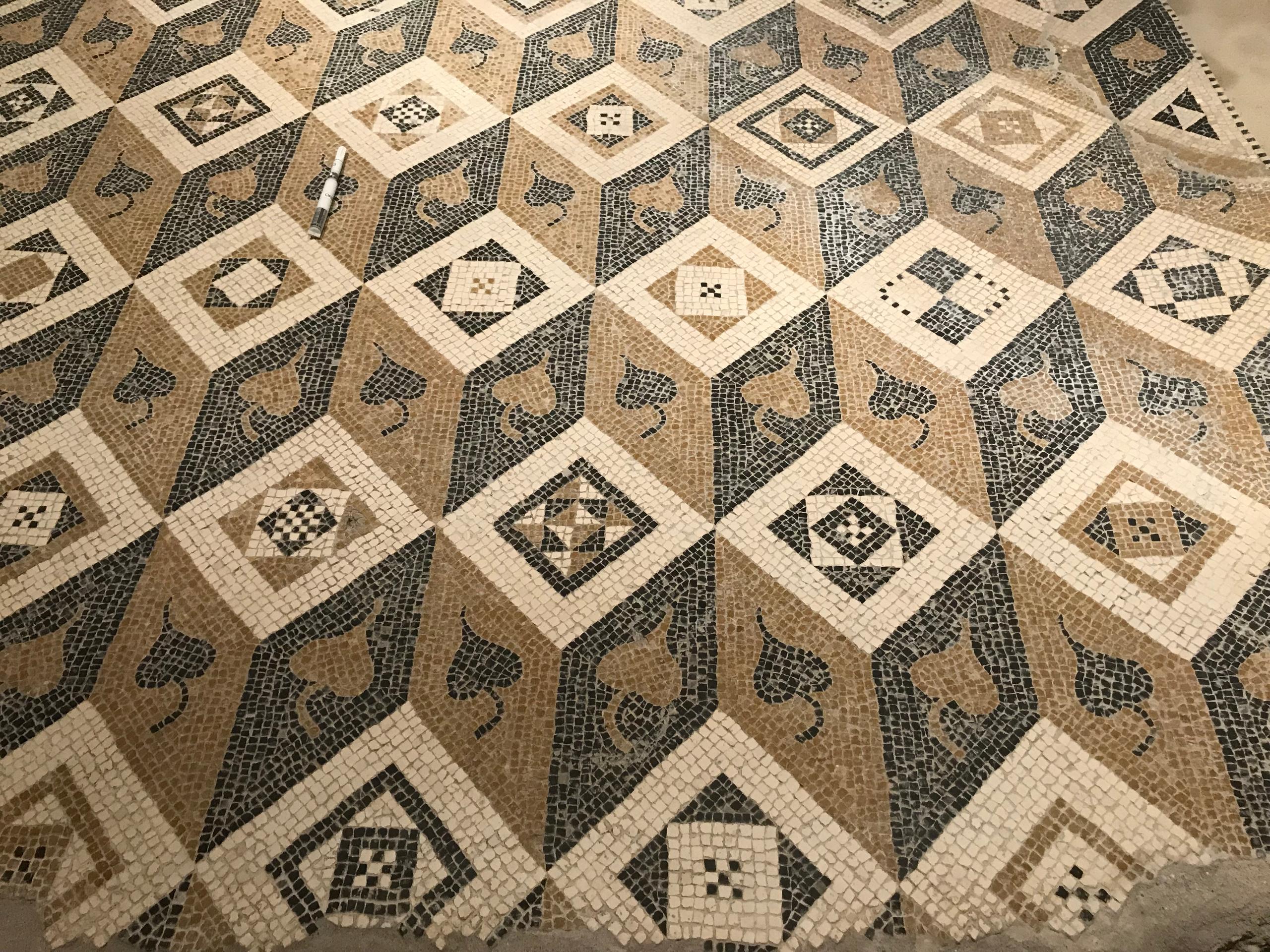
Immense potential
Dubois is aware of the problem associated with lack of visitors and says it is in part explained by access to images of the mosaics available on the internet.
“Before the internet, the visitors at worst could see these mosaics in their school text books or on post cards. But today, all the mosaics are reproduced on the website. One can have a direct understanding of the images online. I think this has an impact on attendance numbers,” he says.
The solution to the lack of visitors will also lie in improving the site’s infrastructure and, especially, by broadening the offer. Concentrating only on showing the mosaics isn’t enough.
“If all the villa was viewable [by the public], there would be a lot of things to see that we could not see by simply looking at a few pictures on the internet. It would make people much more inclined to visit the site,” says Dubois.
Notably, it would be possible to explain daily life in the villa, to show in situ the workings of how the pools are heated or to walk through the main sewer which is the height of a man. The potential of the elements that could be showcased is immense.
But to develop it and to attract visitors, it needs money. Money which the Vaud authorities are not inclined to spend. Everything is thus a question of patience. But more than anyone, the archaeologists well know that “Roma non uno die aedificata est”…
Translated from French by Sophie Douez, swissinfo.ch

In compliance with the JTI standards
More: SWI swissinfo.ch certified by the Journalism Trust Initiative
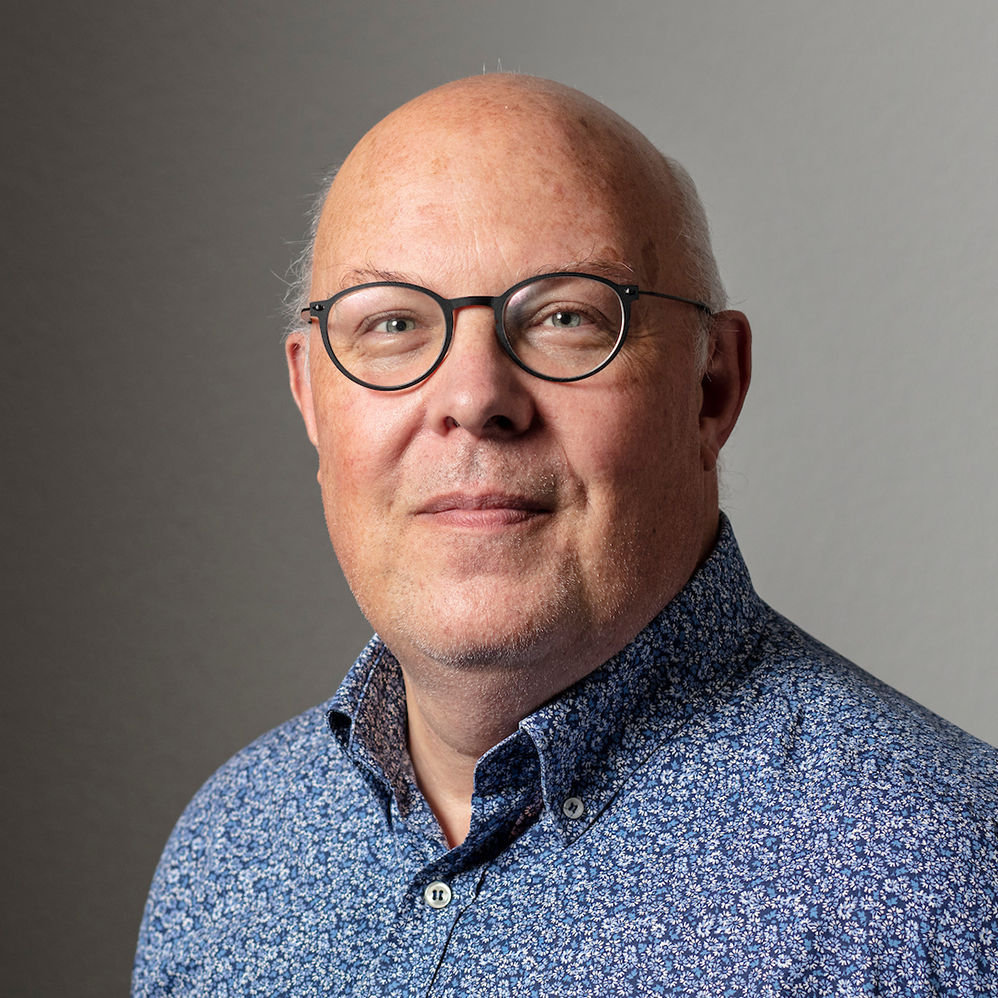




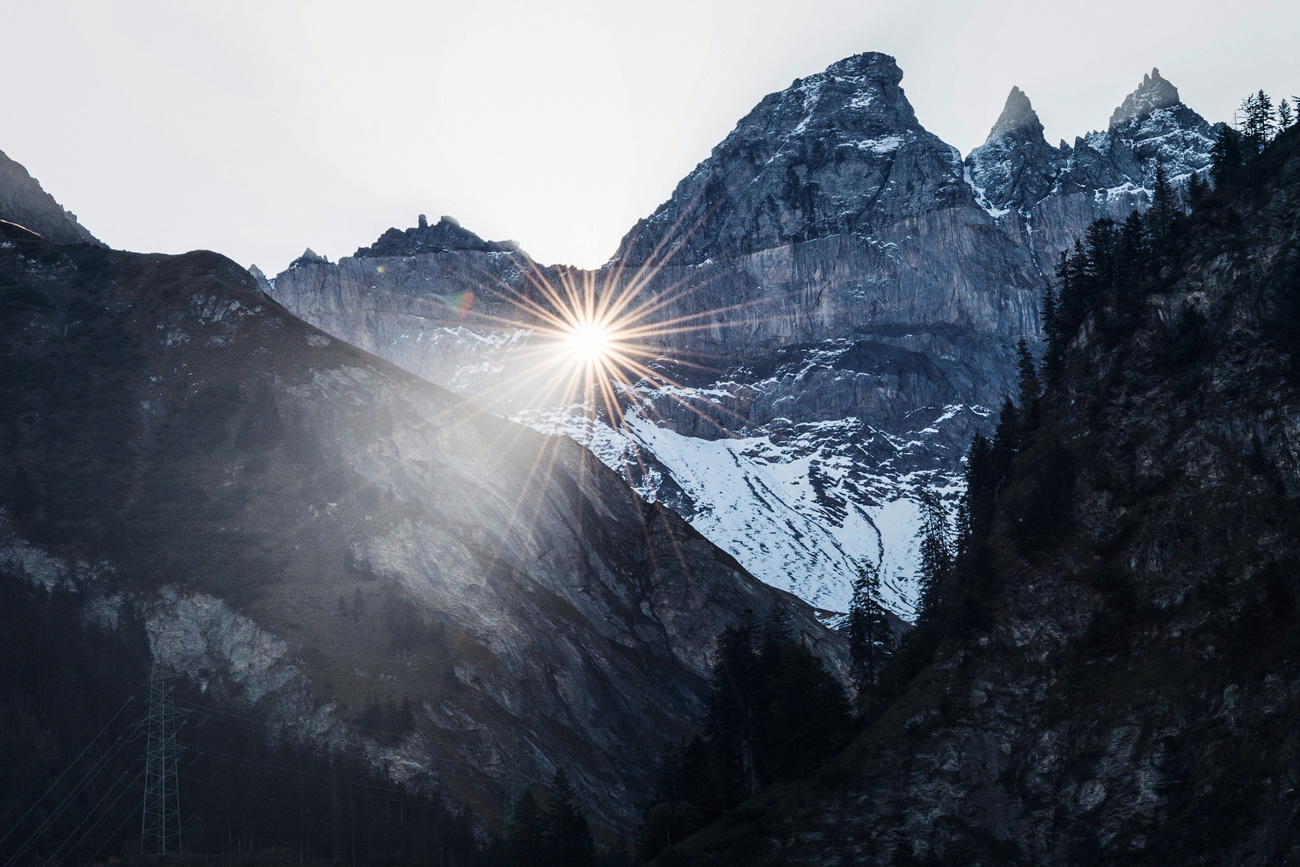





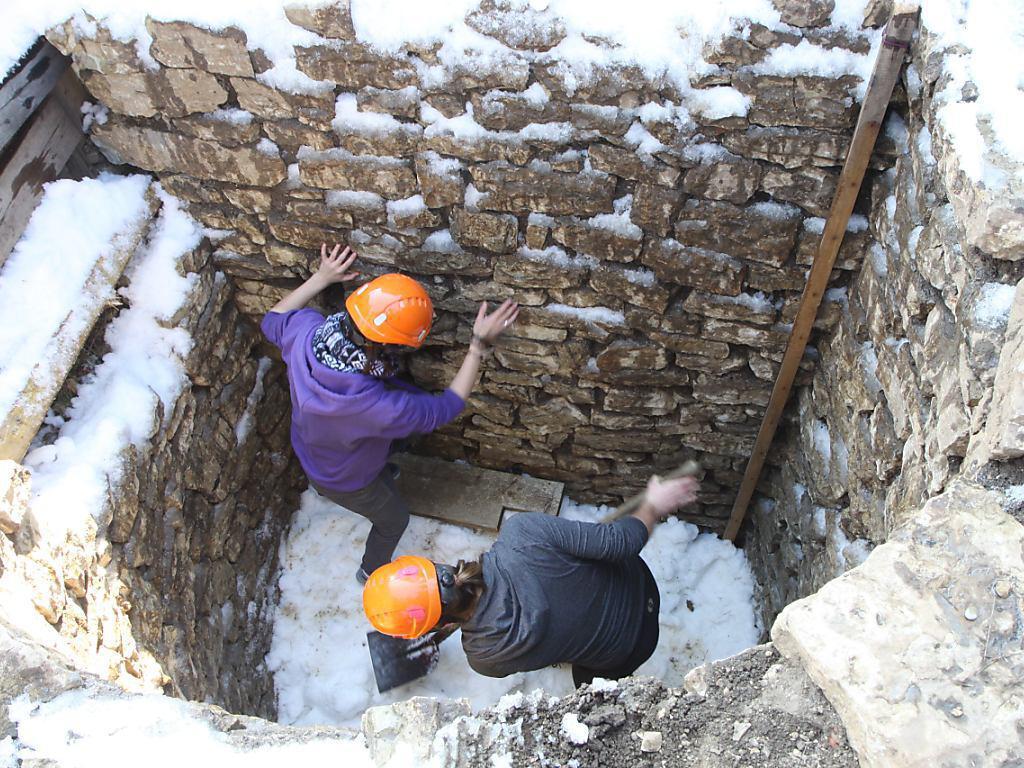
You can find an overview of ongoing debates with our journalists here . Please join us!
If you want to start a conversation about a topic raised in this article or want to report factual errors, email us at english@swissinfo.ch.